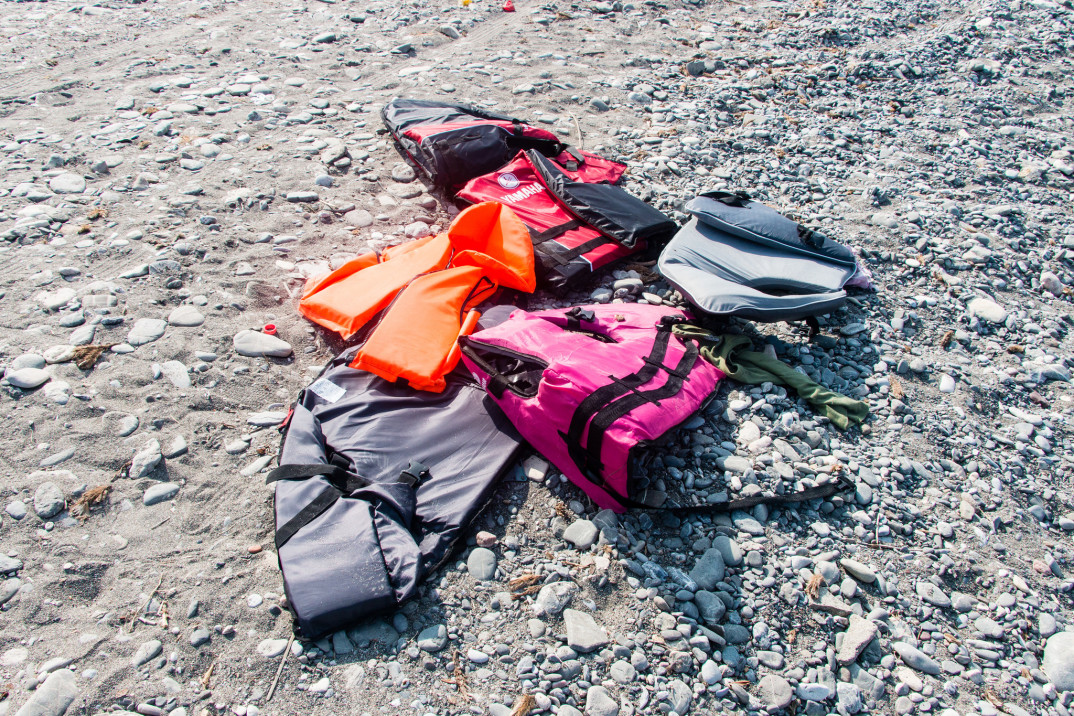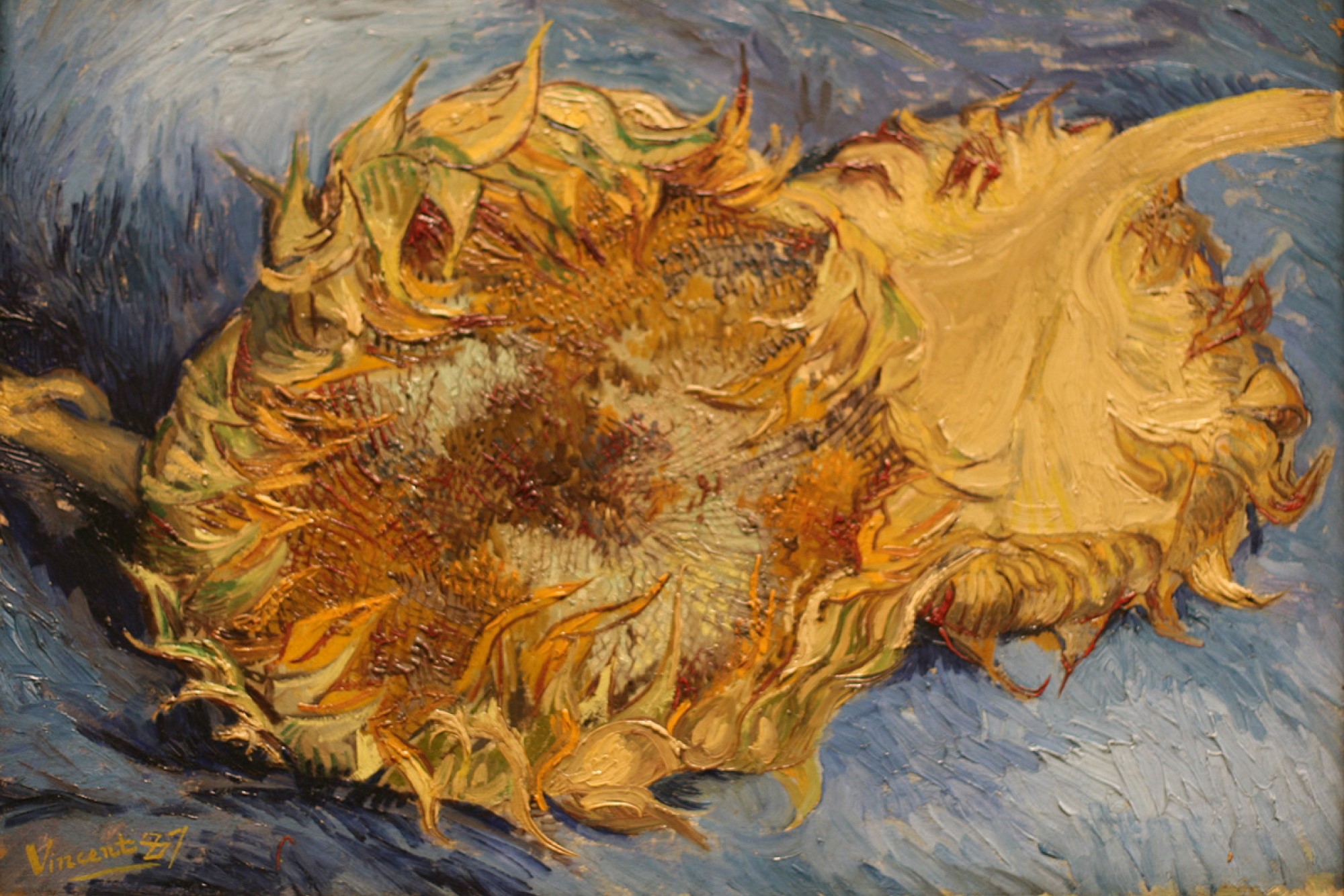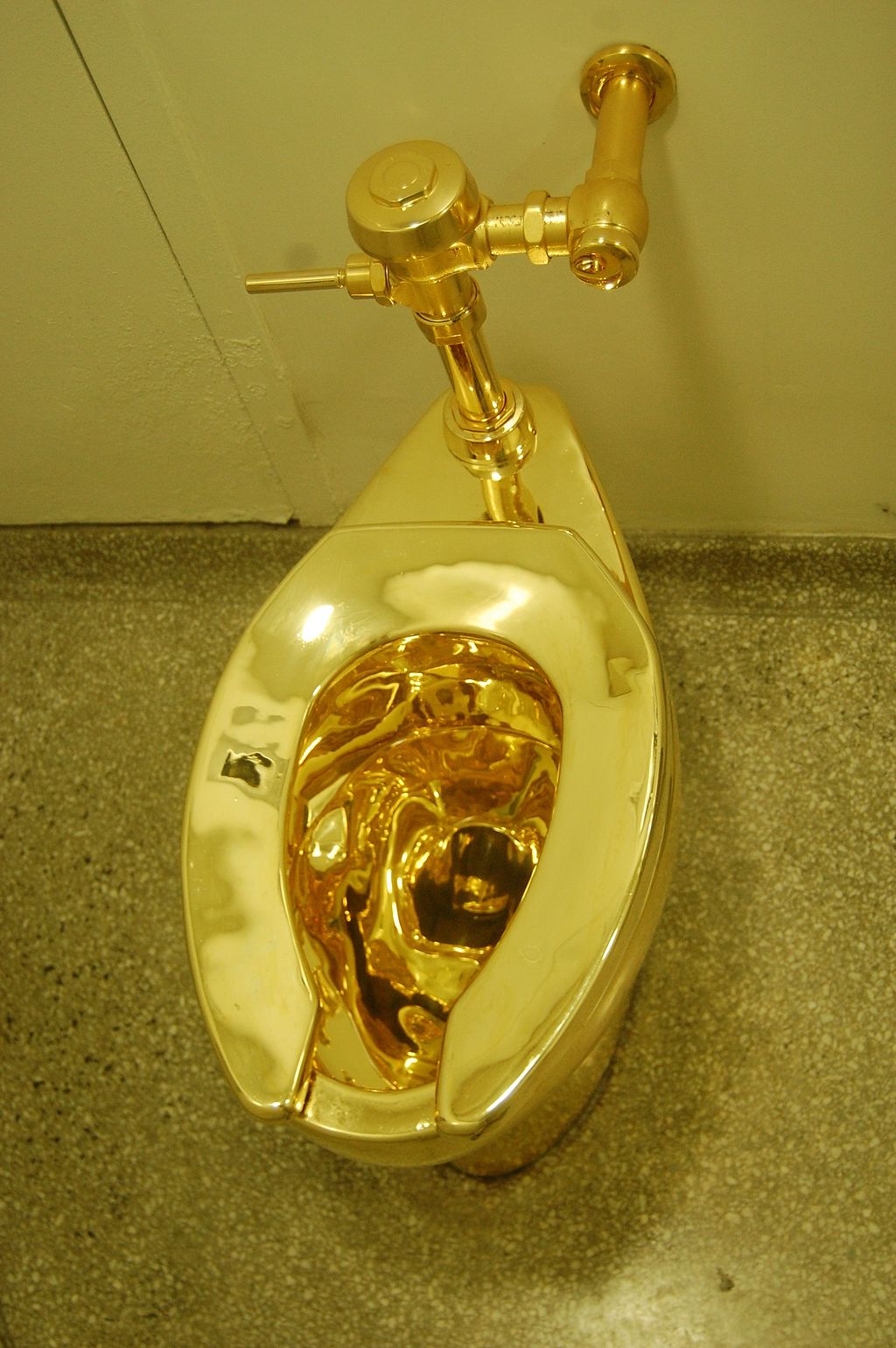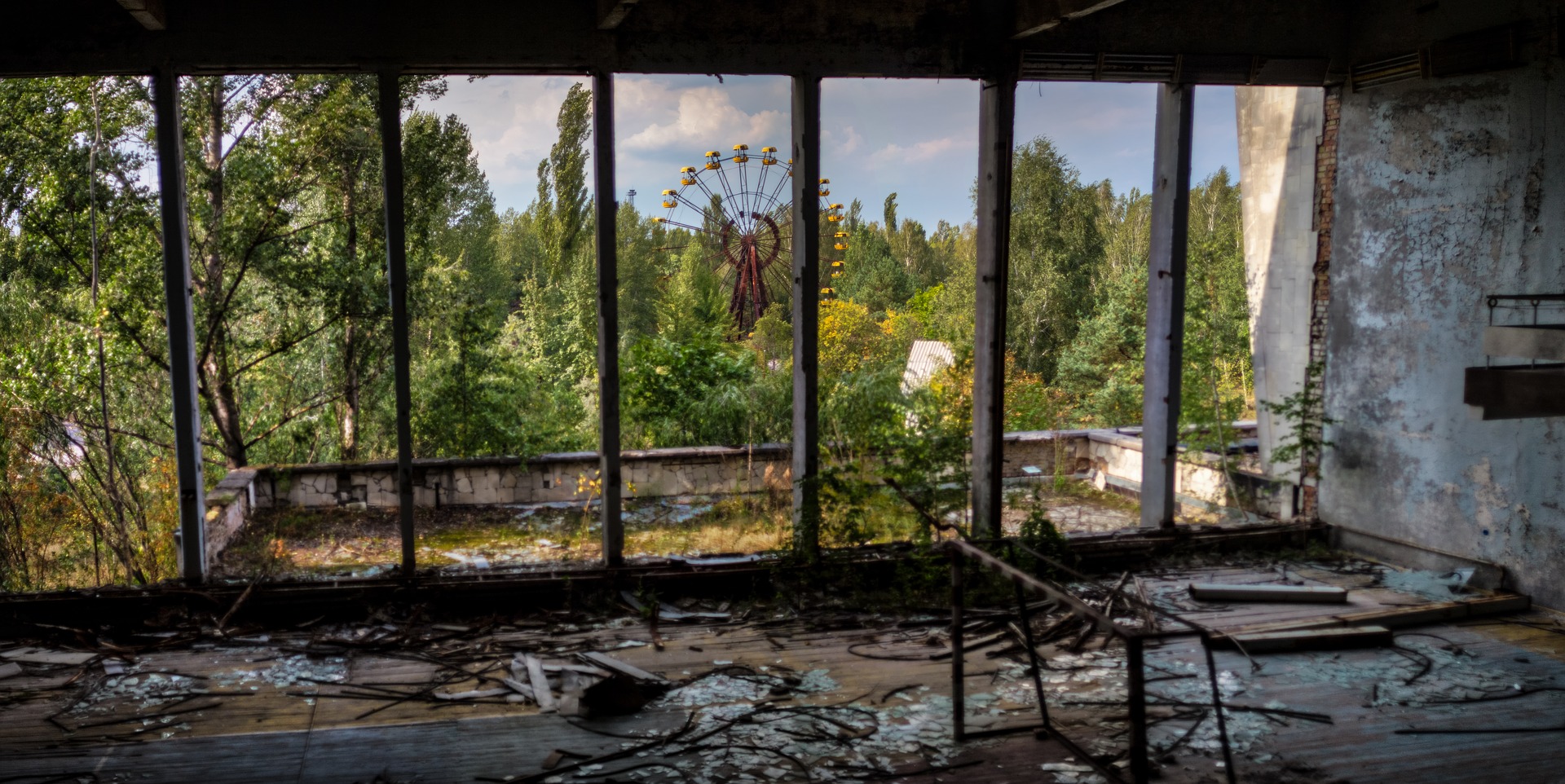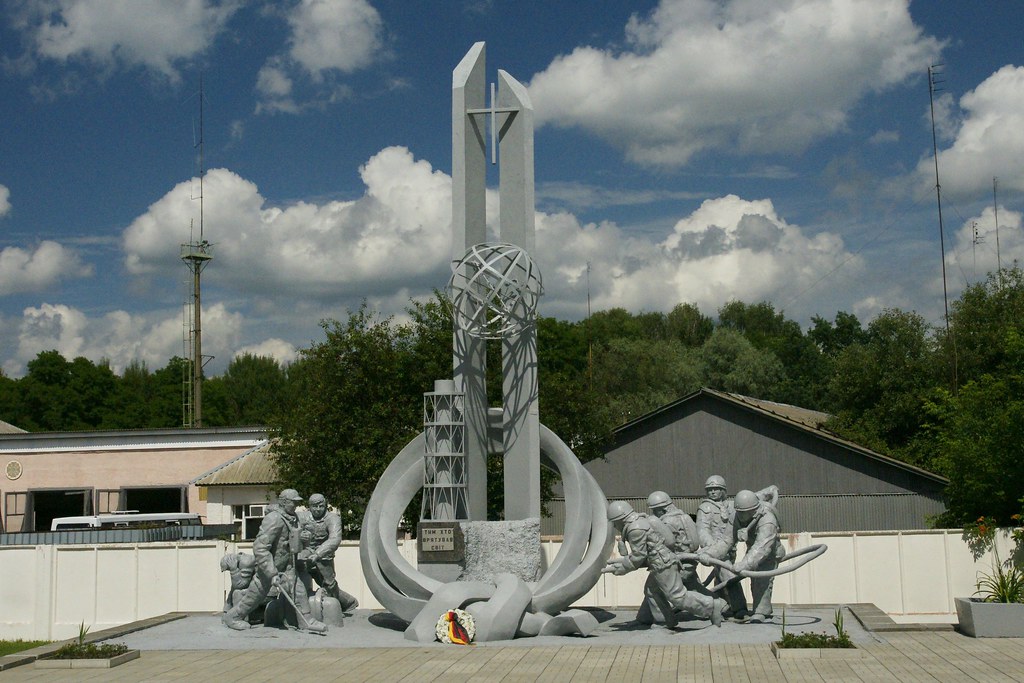Aylan Kurdi and Ai Weiwei
Under ideal circumstances, the dinghy should have only held eight people. The same could have been said of the many boats that preceded it, in search of beaches in Greece. Yet, just as those before them, the rubber dinghy left the shores of Turkey’s Bodrum Peninsula in the early hours of the morning. Among the twelve people onboard were three-year-old Aylan Kurdi and his family, refugees from the besieged Syrian town of Kobane.
A few hours later, a group of Pakistani refugees prepared to begin the same perilous journey from the peninsula. It was their departure that originally brought photographers to the scene. Yet, on the same beach that morning, the journey of Aylan Kurdi had tragically come to an end. Earlier in the day, the boat carrying Aylan and his family had capsized, spilling them into the rough waters. Now, the body of the three-year old lay face-down in the sand, being gently buffeted by incoming waves. The bodies of his mother, Rihan, and five-year old brother, Galip lay a few hundred feet away. A photographer at the scene, Nilüfer Demir, snapped a few photos, as a Turkish soldier gingerly reached down and carried Aylan’s body away from the surf.
Demir later stated that she had been taking such images for years; the sight of bodies on the beach was nothing new to her. Yet the photo of Aylan, face-down in the sand, prompted a response unlike any photo of the crisis before it. Within a few days, the photo appeared on front pages and Twitter feeds alike around the world, sparking widespread soul-searching on the Mediterranean refugee crisis. The image of Aylan prompted responses from public figures of all kinds, including a personal reaction from British Prime Minister David Cameron. For a brief moment, it seemed that anyone who had seen the photo felt the need to respond in some way or another.
Though the image was tragic, it would not be the last. As photos of life jacket-clad bodies continued to emerge from the shores of Greece and Turkey, many began to question just how such images should be treated. Some questioned whether the world would have responded so viscerally if the photographs were never taken. Other critics argued that politicians like Cameron of insufficiently responded to the problems that the images portrayed. And amidst it all, a new image from a Mediterranean beach appeared. This time, however, it was not the body of a refugee depicted; instead, famous Chinese artist Ai Weiwei lay face-down on the rocks, very much alive.
Though some considered the image a moving tribute, others have criticized Ai for posing similarly to Aylan Kurdi. Writing for Hyperallergic, Nitasha Dhillon argues that the context of the photo invalidates any statement Ai was trying to make. In addition to seemingly failing to engage with any serious discourse about the nature of refugees today, she argues, the work was later printed and exhibited at a prestigious Indian art fair by the photographer. In doing so, Dhillon argues that the photo ultimately reproduces divisions between the art world and discourse on the crisis, leaving it a shell of genuine political activism. Other critics have similarly criticized the work, arguing that the photo is little more than “egotistical victim porn.” Of particular controversy is Ai’s emulation of the original photo, a choice that has been viewed as a shameless coopting of the emotions surrounding the tragedy.
While criticism of the image is widespread, it does appear that Ai meant well. The artist has already spent time volunteering with the refugee aid efforts in Greece, and recently installed thousands of collected live jackets on the pillars of Berlin’s concert hall. It appears, then, that he is committed to shining a light on Europe’s response to the crisis, as problematic as his beach image may be.
While Ai’s actions in themselves have attracted controversy, the image stirs questions of its own. Foremost among these are questions of how we should respond to photos like that of Aylan Kurdi. For years, similarly shocking images from countries like Syria have flooded front pages, with little visible change in policy to come from it. And while the image of Aylan Kurdi has appeared to galvanize public opinion, it is yet to be seen whether it will help ease the suffering of the refugees that continue to make the treacherous journey.
Such tensions are all too present in Ai’s photo. True, it is a flawed response to a human tragedy. Even so, the image’s flaws demonstrate the difficulty of responding to such events in an effective manner. In this regard, Ai’s photo stands for more just a heavy-handed emulation. Perhaps something in the image reflects our own inability to respond to a tiny body on that chilly Mediterranean beach.

